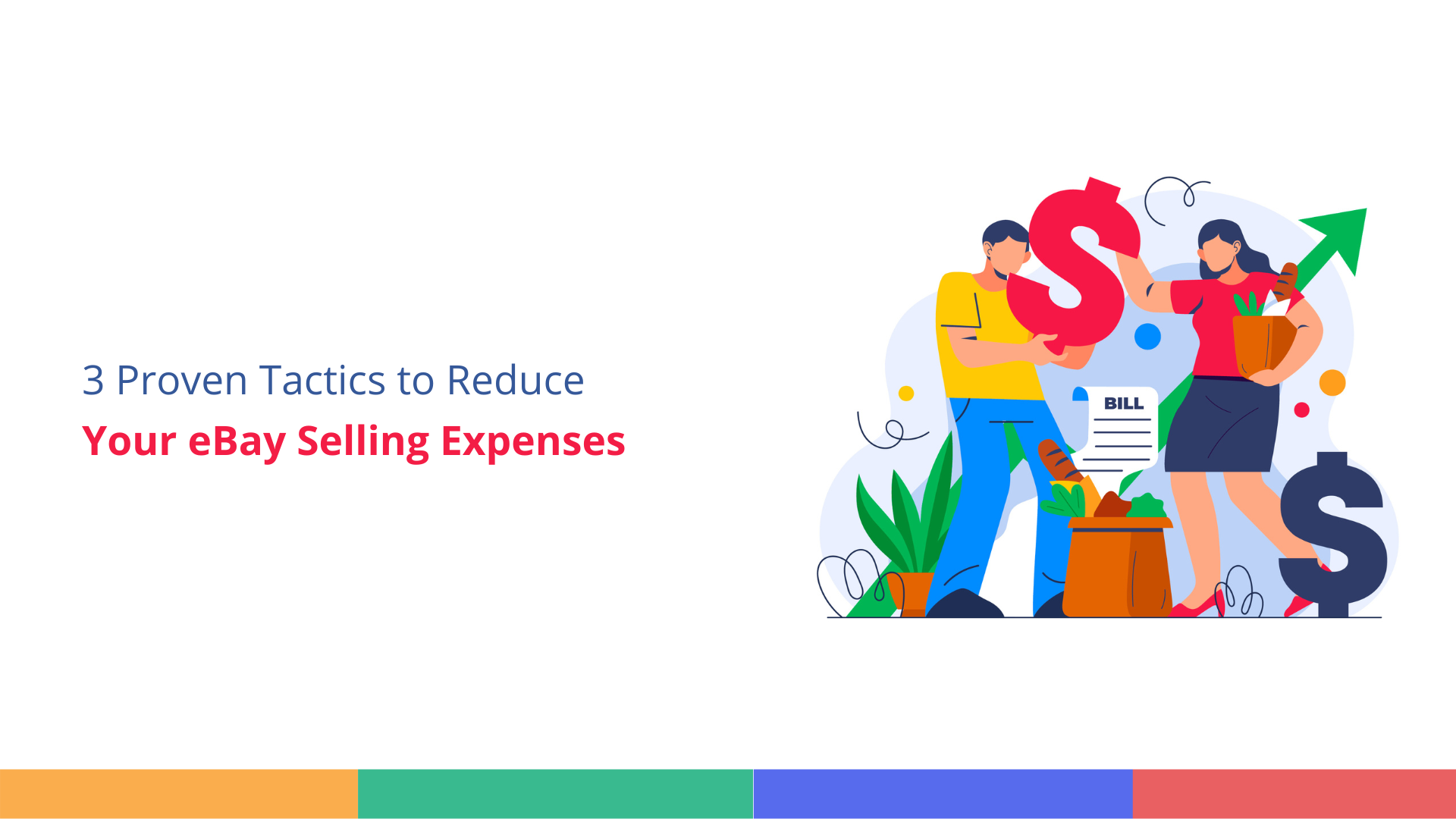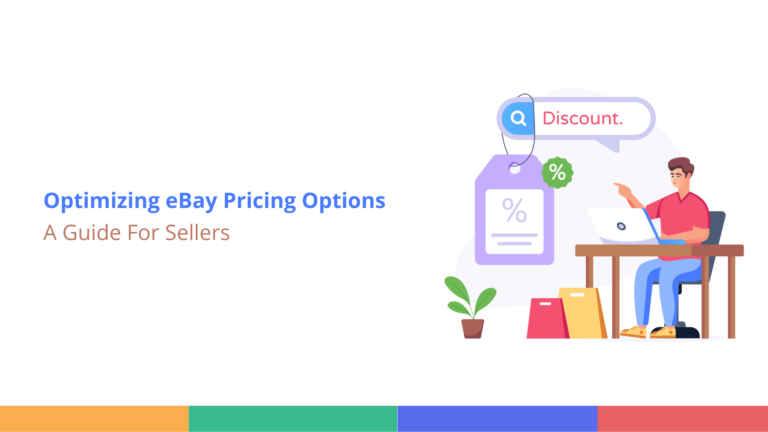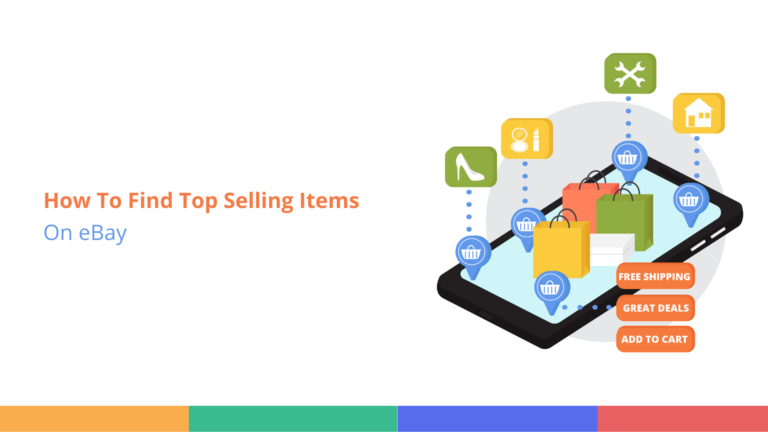As an eBay seller, the recent fee adjustments by the marketplace might have left you feeling a bit disheartened. Over the past three years, eBay has increased its listing upgrade fees, made changes to the final value fees, and even introduced penalty fees for underperforming sellers. While these changes can undoubtedly impact your bottom line, it’s important to remember that implementing strategies to reduce eBay selling charges can help alleviate some of these financial burdens. eBay still holds a significant position in the ecommerce landscape.
Here are three practical tips to reduce eBay selling charges and overall selling costs on the eBay platform:
1. Reconsider your subscription plan
As your eBay business grows, it’s essential to consider upgrading your store subscription to maximize your savings and streamline your operations. Let’s say you currently have a Starter store subscription, and you’re consistently making sales regularly. In this scenario, upgrading to a Basic subscription could be a wise move.
Although the Basic subscription costs a bit more at $21.95 per month, it offers a substantial discount on your final value fees. If your store is generating a healthy number of sales, these final value fee discounts can quickly add up, potentially offsetting the higher subscription cost and ultimately saving you money in the long run.
Moreover, each eBay store subscription level comes with a pre-allocated amount of zero insertion fee listings per month. With a Starter package, you get 250 free fixed-price listings, while an Enterprise store offers a whopping 100,000 free listings. By upgrading to a higher subscription level, you can take advantage of these free listing allocations, further reducing your overall selling charges.
Another cost-saving strategy to consider is paying for an advanced listing upgrade, such as a subtitle or a bold listing title. While these upgrades come at a small fee, they can significantly increase your listing’s visibility, potentially leading to more sales and ultimately offsetting the upgrade cost.
By carefully evaluating your eBay store’s performance and taking advantage of subscription upgrades, free listing allocations, and strategic listing enhancements, you can effectively minimize your selling charges on the platform, allowing you to maximize your profits and grow your business successfully.
2. Pay for an annual subscription
One effective way to lower your eBay fees is to opt for an annual store subscription instead of paying monthly. While the upfront cost might seem higher, the long-term savings can be substantial.
Let’s consider the Basic store plan as an example. If you pay the $21.95 monthly fee, your total cost for the year would be $263.40 (12 months x $21.95). However, by choosing the annual subscription option, you’ll only pay $263.40 for the entire year – a flat rate, rather than monthly installments.
The math breaks down like this:
Monthly payment: $27.95 x 12 months = $335.40 annually
Annual subscription: $263.40 for the year
By selecting the annual plan, you’ll save $72 ($335.40 – $263.40) compared to paying month-by-month. And in the world of small business, every dollar saved can make a significant difference in your bottom line.
Not only does the annual subscription offer cost savings, but it also provides a consistent, predictable expense for your eBay fees. You won’t have to worry about fluctuating monthly charges or accidentally missing a payment, which could potentially lead to penalties or disruptions in your eBay store’s operations.
So, if you’re serious about maximizing your profits on eBay, carefully consider the benefits of an annual store subscription. The upfront investment can pay off handsomely in the long run, allowing you to reinvest those savings into growing your business further.
3. Choose your option listing wisely
While tempting to enhance your eBay listings with upgrades in hopes of boosting sales, it’s crucial to approach these add-ons strategically to avoid incurring unnecessary fees that could eat into your profits.
Listing upgrades, such as bold titles, subtitles, or additional photos, come at a cost that can quickly add up, especially if applied indiscriminately across all your listings. Instead, carefully evaluate which items genuinely warrant these enhancements based on factors like demand, competitiveness, and potential return on investment (ROI).
For instance, while paying $6 for a bold title might seem like a no-brainer for drawing attention, this upgrade may only be worthwhile for highly sought-after or trending products where the potential sales uplift justifies the additional expense. Conversely, applying the same upgrade to a niche or slow-moving item could result in a negative ROI, effectively diminishing your overall profits.
The key is to adopt a data-driven approach, analyzing metrics like search volume, competition levels, and historical sales performance to identify the listings that would benefit most from specific upgrades. This way, you can strategically allocate your listing enhancement budget to the items with the highest potential payoff, rather than indiscriminately applying upgrades across the board.
By exercising prudence when choosing your optional listing upgrades, you can effectively manage your eBay selling charges while still leveraging the visibility-boosting benefits of these enhancements for your most promising listings. This balanced approach will help you maximize your profitability on the platform without unnecessarily inflating your costs.
Final Thoughts
Staying vigilant about monitoring profitability is crucial to ensuring your eBay sales are truly worthwhile. It can be tempting to get caught up in the routine of listing and relisting items without periodically reassessing the bottom-line impact of each sale. However, by making it a habit to regularly evaluate the net profits generated, you’ll empower yourself to identify areas where eBay fees might be eroding your margins unnecessarily.
A proactive approach to profit analysis enables you to pinpoint specific listings, product categories, or selling practices that may yield suboptimal returns after accounting for eBay’s various fees. With this insight, you can make informed decisions to either optimize those listings for improved profitability or reallocate your resources toward more lucrative opportunities.




